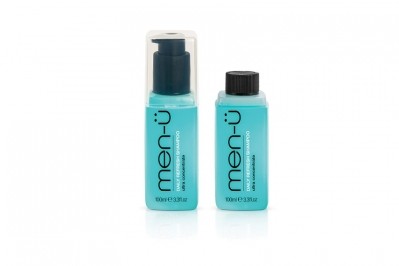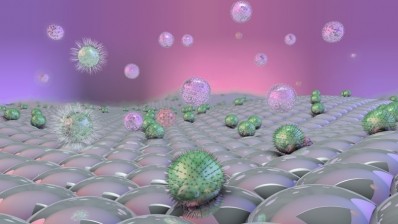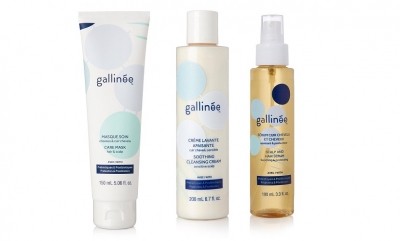Gillette and gender: a case study for beauty and personal care

Gillette last year launched an advertising campaign that encourages men to be ‘the best they can be’ and discourage other men from behaving inappropriately towards women and girls. It comes as a response to the ongoing Me Too movement.
The advert has split public opinion, with many praising its approach to dismantling unhelpful ideas of masculinity, while others, led by so-called Men's Rights Activists, criticising the video as a perceived attack on their identity.
Still others have suggested Gillette’s campaign is hypocritical given the fact it is one of many personal care players that charges more for the ‘women’ versions of its products, a move sometimes referred to as a ‘pink tax’ on women.
The debate rages on, and one thing seems clear: gender and beauty share a potentially explosive intersection.
Rising market
The male grooming category is projected by market research provider Euromonitor International to reach US$60.7 billion by 2020.
Valued at US$17.5 billion in 2015, male toiletries, which includes men’s bath and shower, deodorant, skin and hair care products, is the subcategory leading the charge.
According to the latest TGI data from Kantar Media, a third (33%) of UK men say they use face creams and lotions on their skin. 4% of men claim to use these more than once a day, 11% once a day, 10% once a week or several times a week, and 7% less than once a week.
As part of this shift, and tapping into wider cultural trends particularly dominant in the west of inclusivity, diversity and gender fluidity, we are seeing the rise of ‘androgynous beauty’.
Brands like Sam Farmer, which is unisex skin care for teenagers, and Non Gender Specific (does what it says on the tin) are examples of this push towards gender neutrality when it comes to personal care.
“We are paving the way for a new segment in beauty, gender-neutral. What sets us apart is who we market our products too. We recognize that most of our customers are male and female, but there are over 70 known gender-identities, and we market ourselves to all genders,” said in a recent interview with Cosmetics Design.
It remains to be seen whether appealing to traditional ideas of gender division will prove more commercially successful, or if promoting a world of equality and acceptance will win out. But one thing’s for clear: beauty looks set to be a particularly contentious battleground for these shifting social ideas of gender.




















